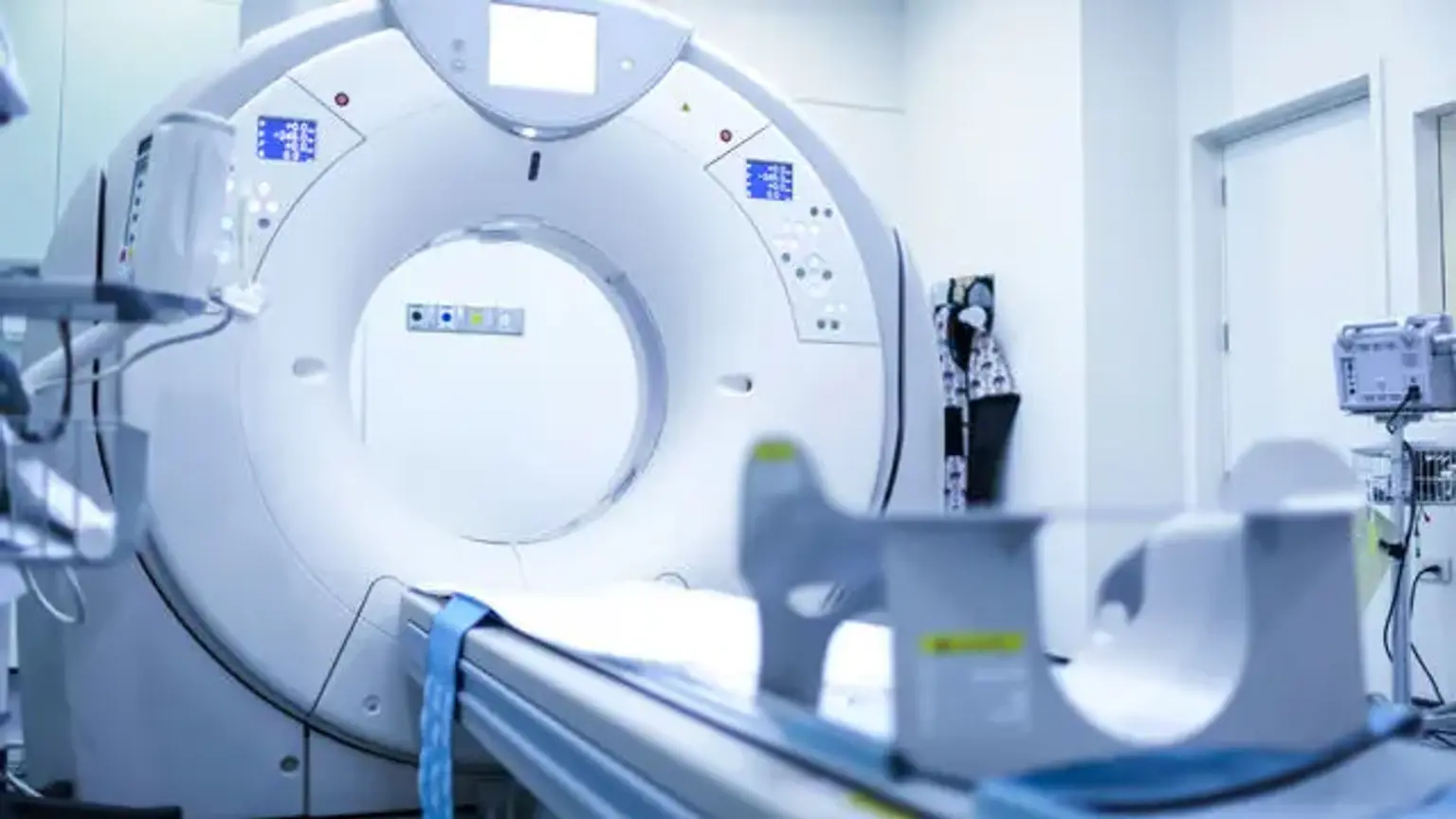CT(chest/abdomen/pelvis)
Overview
CT is a diagnostic imaging technique that produces comprehensive pictures of internal organs, bones, soft tissue, and blood arteries. The cross-sectional pictures produced by a CT scan can be reformatted in different planes and even produce three-dimensional images that can be seen on a computer display, printed on film, or transmitted to electronic devices.
CT scanning is frequently the most effective way for diagnosing many different types of cancer since the pictures allow your doctor to confirm the presence of a tumor as well as its size and location. CT scanning is quick, painless, noninvasive, and precise. It can disclose internal injuries and bleeding fast enough in an emergency situation to help save lives.
